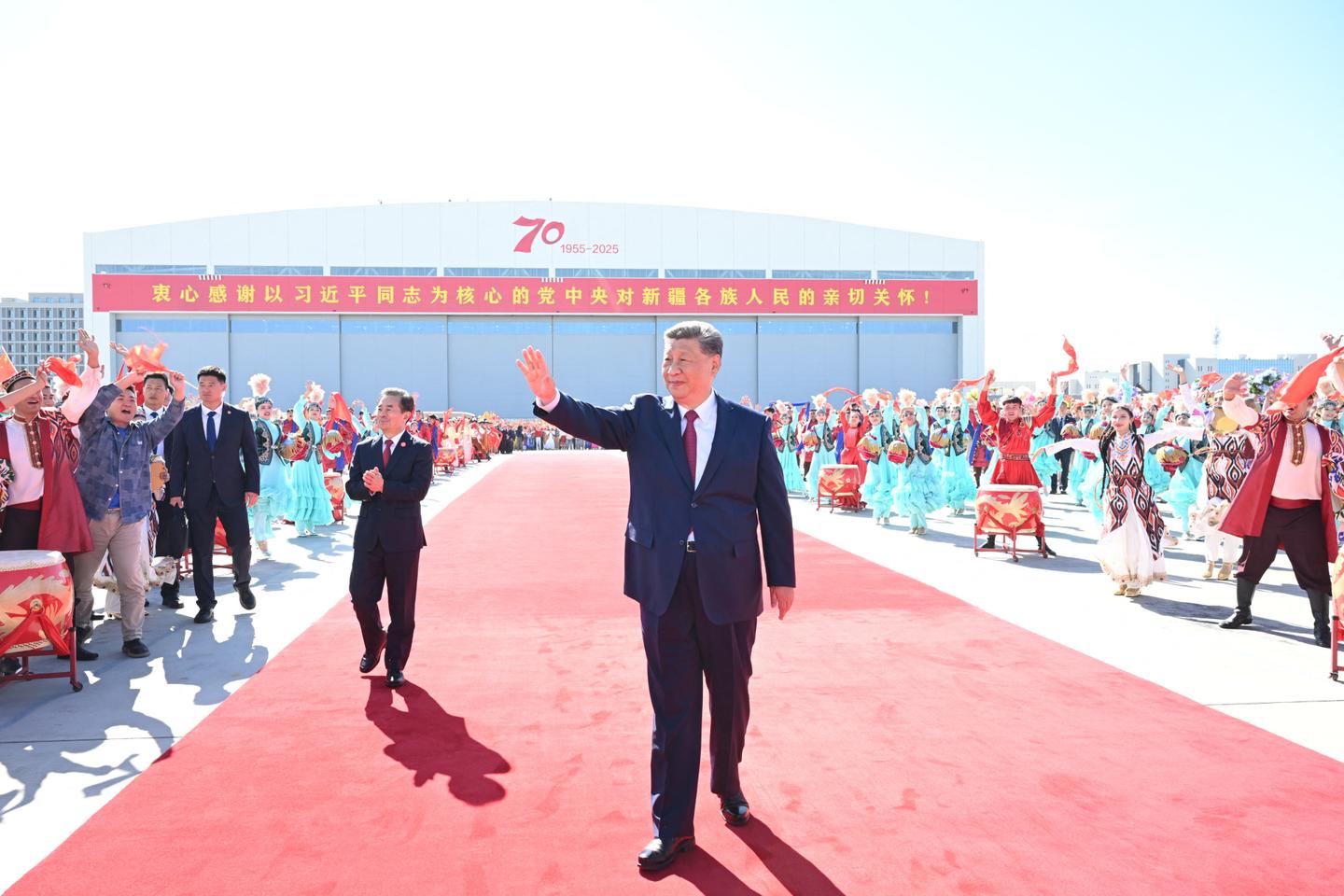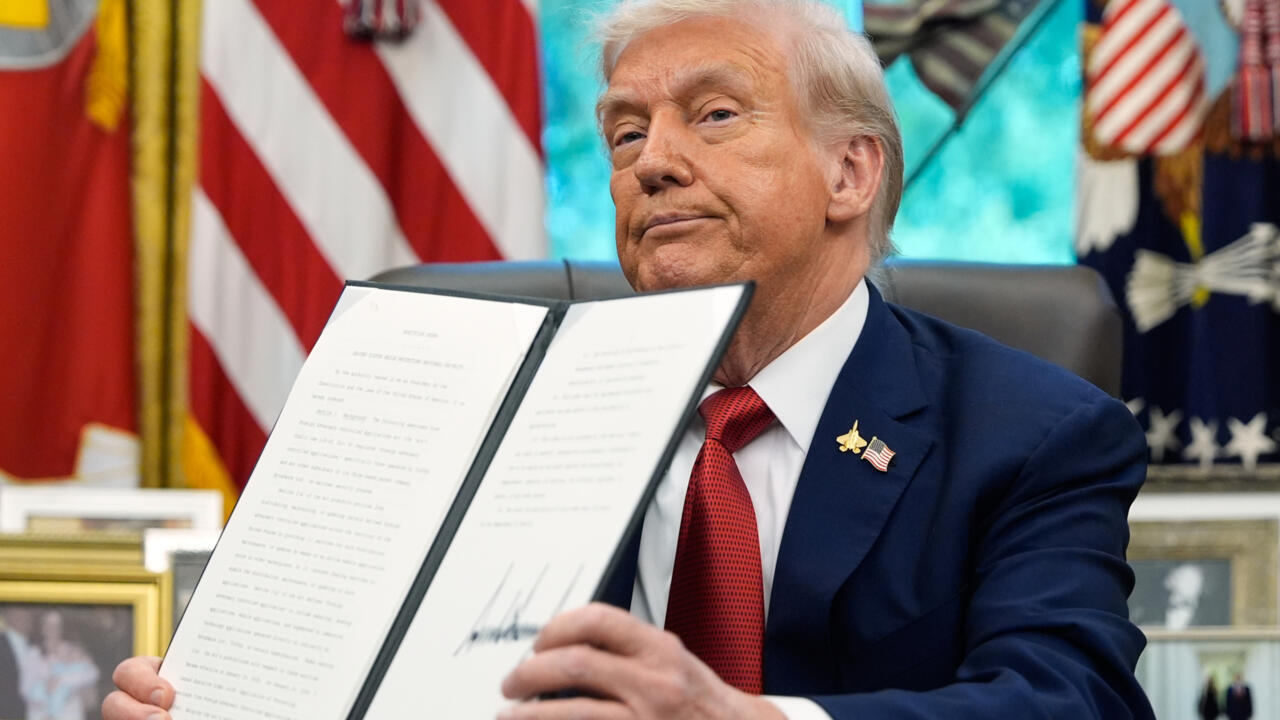China's Inland Cities: Balancing Growth and Regional Inequalities
China is focusing on the development of its inland cities through strategic initiatives like the Go West strategy and the Rise of Central China plan. Cities such as Wuhan and Chongqing are emerging as technological and logistical powerhouses, driving economic growth, while others like Xining face challenges in attracting talent and diversifying their economies. This article explores the progress, challenges, and future prospects of these inland urban centers.
The Rise of Inland Economic Hubs
Inland cities are benefiting from policies aimed at reducing regional disparities. Provinces such as Hubei, Anhui, and Gansu experienced robust growth in 2024, surpassing the national average. Chongqing has become China’s fourth-largest economy, exceeding Guangzhou, demonstrating the shift in economic power towards the interior.
- Wuhan is a leader in intelligent vehicle technology, with a growing robotaxi fleet.
- Chongqing is becoming a comprehensive transportation hub, enhancing connectivity through initiatives like the Belt and Road Initiative.
- Xining aims to leverage its green energy resources to become a hub for data centers, although it faces challenges in attracting talent and developing skilled labor.
Wuhan: A Tech-Driven Transformation
Wuhan is at the forefront of driverless technology, boasting heated seats and massage functions in its robotaxis. The city's early adoption of commercial licenses for driverless vehicle trials in 2019 highlights its commitment to this sector. New laws enacted in 2025 regulate the growth of intelligent connected vehicles (ICV), providing clarity for carmakers and reinforcing Wuhan's status as a tech hub. President Xi Jinping has emphasized the role of science and technology in driving economic growth in Hubei, with central authorities approving plans to transform Wuhan into a prominent sci-tech innovation center.
The East Lake High Tech Development Zone, also known as Optics Valley, contributes significantly to Wuhan's GDP growth. Hong Wensheng, chief economist from the Wuhan Development and Reform Committee, credits strong policy support for the city's rise as a leading tech hub. However, incidents involving semi-autonomous vehicles underscore the need for rigorous testing and safety measures.
Chongqing: A Transportation and Logistics Powerhouse
Chongqing, strategically located along the Yangtze River, serves as a key meeting point for the Belt and Road Initiative and the Yangtze River Economic Belt. The opening of the Chongqingdong high-speed rail station, the world's largest, enhances its position as a comprehensive transportation hub. This infrastructure project will reduce travel times to major cities like Beijing and Shanghai. Xi Jinping has highlighted Chongqing's importance as a strategic fulcrum for the opening up of western China, emphasizing its role in constructing a modern logistics system.
The city's imports and exports through the Western Land-Sea Corridor have seen significant growth. Ding Yao, director at Chongqing Comprehensive Economy Academy, highlights the city's strong automobile production lines as an advantage. However, challenges remain, including reliance on imported automotive chips and a need for more skilled talent in the ICV industry.
Xining: A Green Dream Stalled?
Xining, the capital of Qinghai, faces unique challenges due to its high altitude and remote location. The city's altitude impacts its ability to attract new residents and talent, hindering its overall development. While Xining boasts abundant green energy resources, attracting resource-hungry data centers and super-computing centers, the lack of skilled labor prevents locals from benefiting from the green push. The province's GDP growth has lagged behind the national average, impacted by tighter regulations on the mining sector.
Qinghai is rich in mineral resources, including lithium, essential for rechargeable batteries. However, stricter regulations on mining activities have affected the province's traditional industries. Xi Jinping has emphasized the need for ecological protection and green development in Qinghai. As residents leave Xining in search of better opportunities, the city faces the challenge of adapting to a green economy while addressing employment concerns.
Addressing Regional Inequalities and Future Prospects
Analysts expect the authorities to focus on boosting metropolitan clusters through the dushiquan strategy. These clusters aim to drive growth in their surrounding areas, creating job opportunities. China's move toward the dushiquan strategy marks a shift from the previous development model. The goal of "common prosperity" aims to bridge the wealth gap, but faces challenges due to slowing economic growth and weak domestic demand. As China navigates its development path, addressing regional inequalities remains a critical priority.
Albert Hu, professor of economics, warns that weak domestic demand and slowing income growth pose challenges to China's ambitions. While some areas may become energy farms for the rest of the country, a better future for the population seems to depend on skilled workforce training and the ability to attract and retain talent.
 Visit the website
Visit the website






